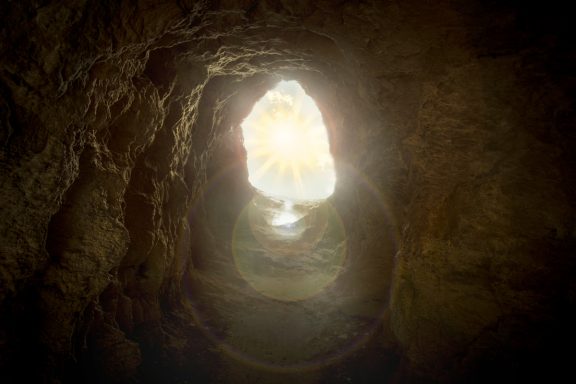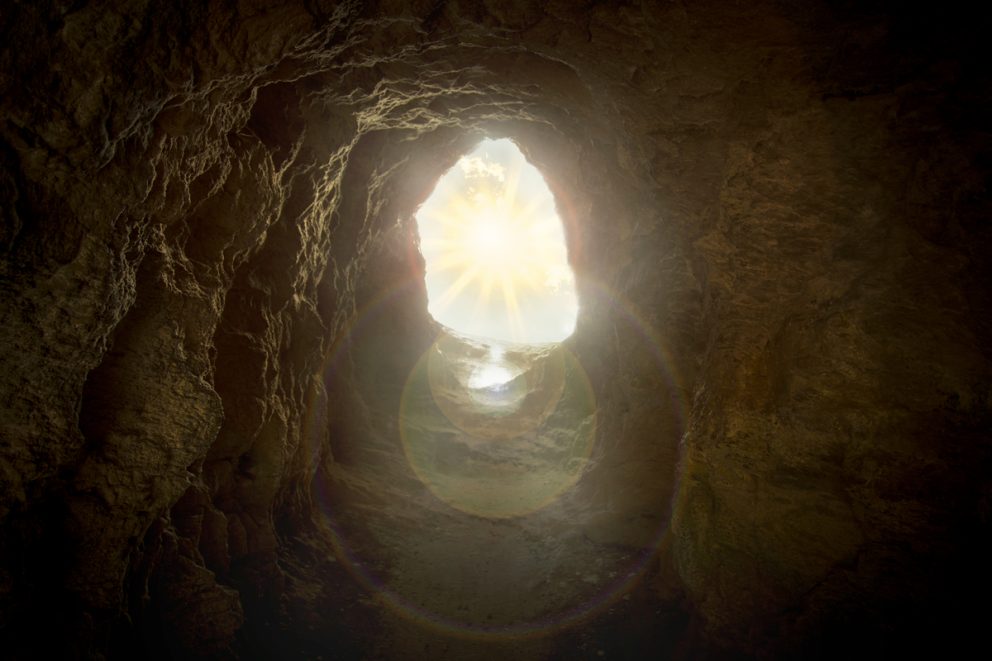The Great Fifty Days of Eastertide form a single festival period in which the tone of joy created at the Easter Vigil is sustained through the following seven weeks, and the Church celebrates the gloriously risen Christ:
Triumphant in his glory now,
his sceptre ruleth all,
earth, heaven and hell before him bow,
and at his footstool fall.
(Fulbert of Chartres)
Early Christians gave the name Pentecost to this whole fifty-day span of rejoicing, which Tertullian calls ‘this most joyful period’ (laetissimum spatium). It is sometimes also called ‘Great Sunday’. In those places where the custom of lighting the Easter Candle at the beginning of Easter is followed, the lit Candle stands prominently in church for all the Eastertide services. The Alleluia appears frequently in liturgical speech and song; Morning Prayer begins with the traditional collection of Pauline texts known as the Easter Anthems, and white or gold vestments and decorations emphasize the joy and brightness of the season.
On the fortieth day there has from the late fourth century been a particular celebration of Christ’s ascension. He commissions his disciples to continue his work, he promises the gift of the Holy Spirit, and then he is no longer among them in the flesh. The ascension is therefore closely connected with the theme of mission. The arrival of the promised gift of the Holy Spirit on the day of Pentecost completes and crowns the Easter Festival.

